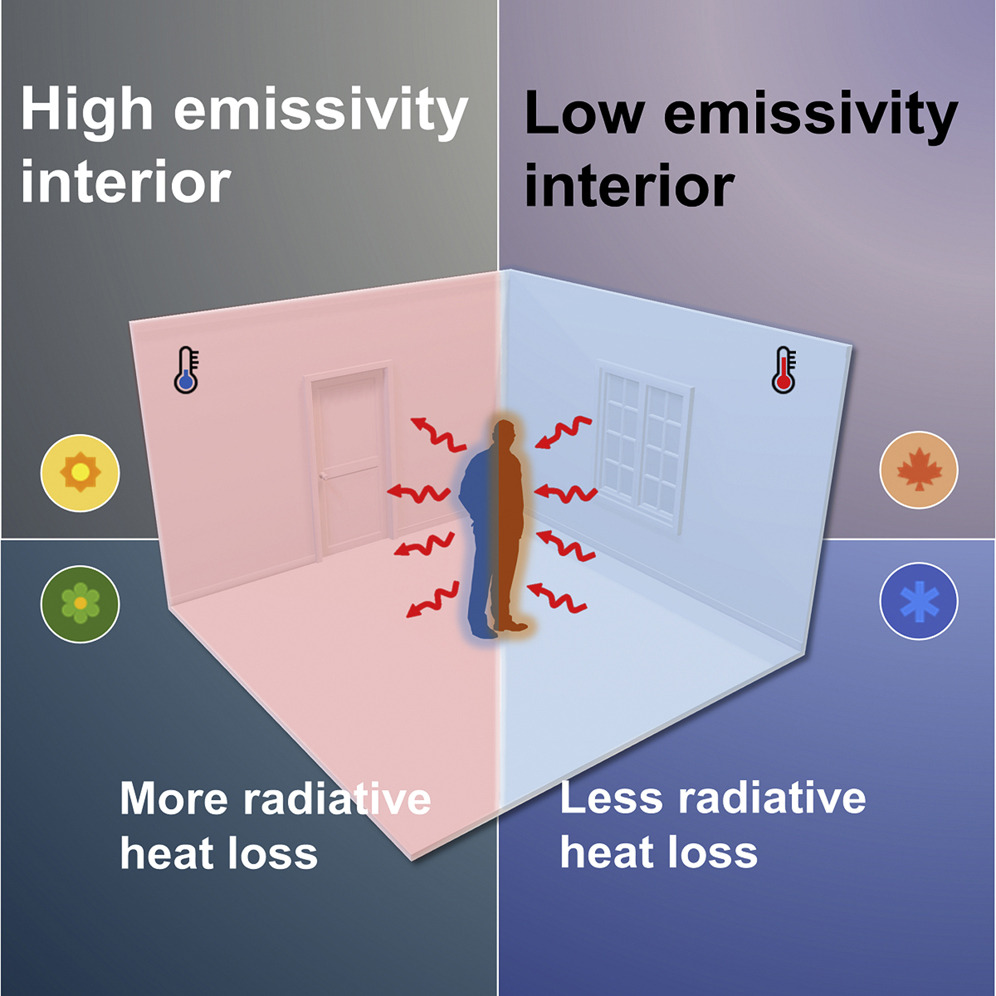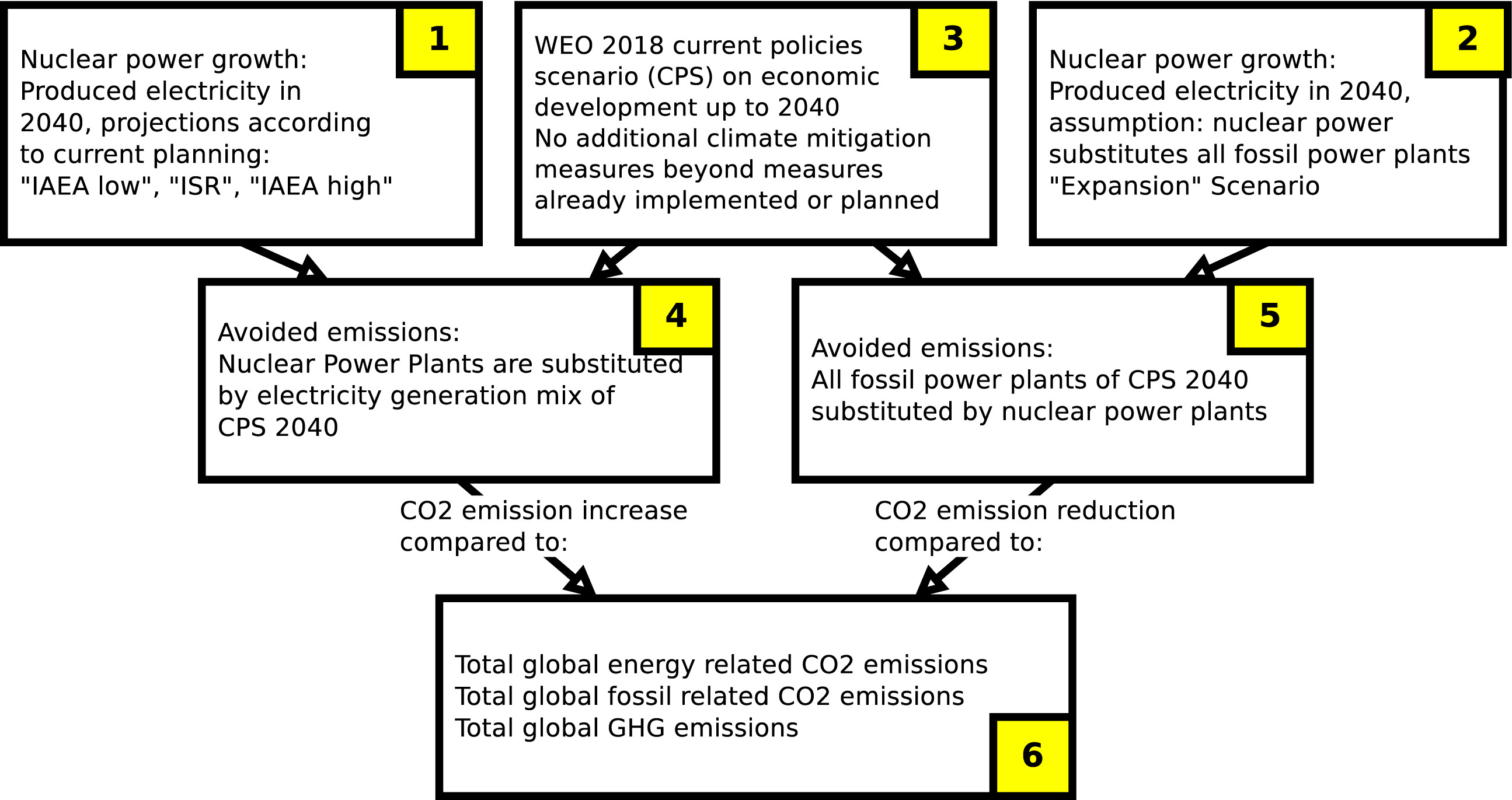Elsevier,
American Journal of Clinical Nutrition, Volume 114, 1 August 2021
In the face of grand challenges for society to eliminate hunger and improve planetary and human health, thoughtful investments in the agricultural sector can make a difference, but there is a critical need to look beyond production of calories and toward more healthy diets and food systems. Modeling the impacts of alternative future pathways for Disability-Sdjusted Life Years (DALYs) can help inform the discussion.
Elsevier,
Applied Geochemistry, Volume 131, August 2021
The main focus of this paper was to investigate the spatial variability of denitrification rates in sediments from several streams and ponds considering their locations and characteristics; to study the main controlling factors that regulate the denitrification process; and to draw some lessons and deduce recommendations about pond management to control the impact of NO3− in such agricultural environments.
Elsevier,
The Lancet Planetary Health, Volume 5, August 2021
A Personal View in support of SDGs 13 and 16, discussing the promise and limitations of framing climate change as a human health issue to create greater impact on policy makers and to accelerate the shift from evidence to policy action.
Elsevier, The Lancet, Volume 398, 21 August 2021
Background: Associations between high and low temperatures and increases in mortality and morbidity have been previously reported, yet no comprehensive assessment of disease burden has been done. Therefore, we aimed to estimate the global and regional burden due to non-optimal temperature exposure. Methods: In part 1 of this study, we linked deaths to daily temperature estimates from the ERA5 reanalysis dataset.
Elsevier, iScience, Volume 24, 20 August 2021
Heating and cooling in buildings account for nearly 20% of energy use globally. The goal of heating and cooling systems is to maintain the thermal comfort of a building's human occupants, typically by keeping the interior air temperature at a setpoint. However, if one could maintain the occupant's thermal comfort while changing the setpoint, large energy savings are possible.
Elsevier,
Energy Policy, Volume 155, August 2021
Nuclear power's contribution to climate change mitigation is and will be very limited. Currently nuclear power avoids 2–3% of total global GHG emissions per year. According to current planning this value will decrease even further until 2040. A substantial expansion of nuclear power will not be possible. Given its low contribution, a complete phase-out of nuclear energy is feasible.
Elsevier,
The Lancet Global Health, Volume 9, August 2021
This Comment article supports SDGs 3 and 10; Bolajoko Olusanya reflects on her personal experiences with discrimination in her various engagements in global health as a Black African woman with a congenital disability, particularly in the aftermath of George Floyd's death.
Water is essential for the life, but many people lack the accessibility to clean and healthy drinking water and die as a consequence of water-borne infections.


